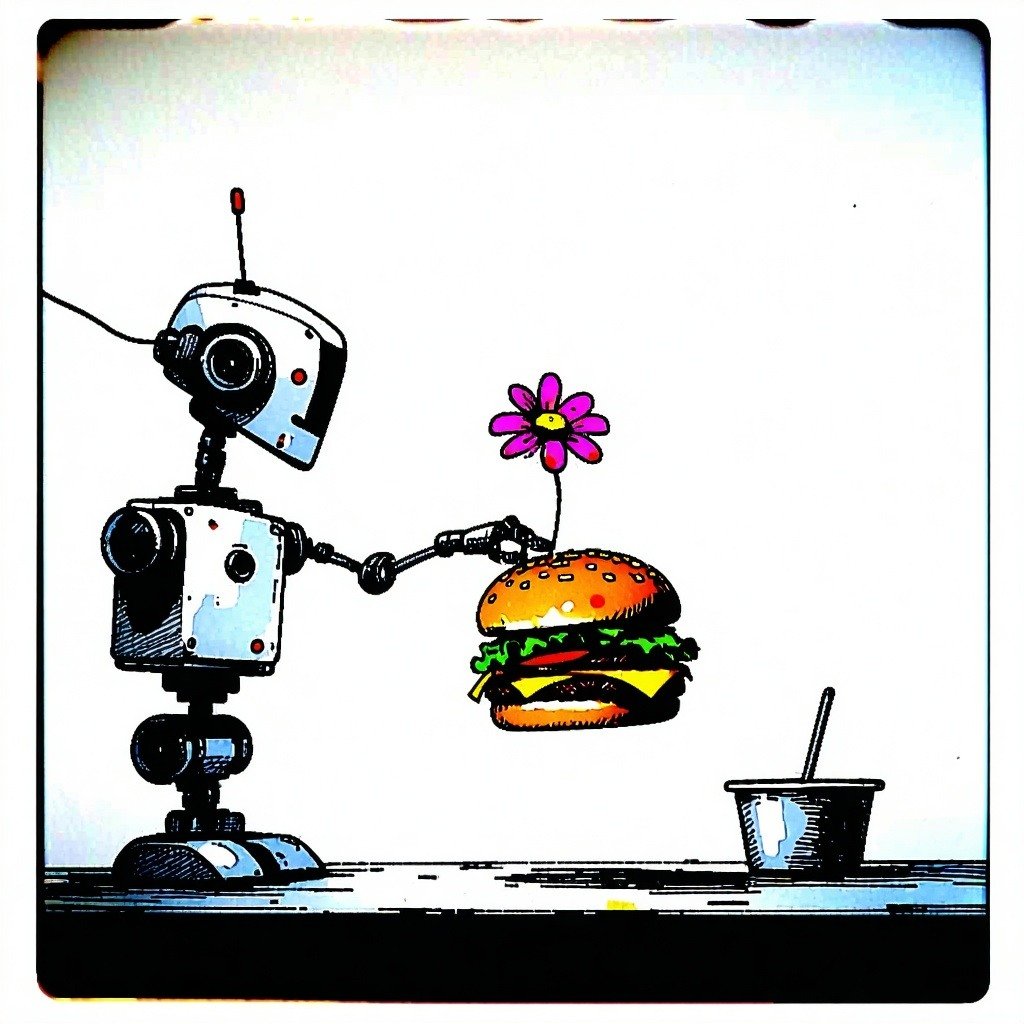Springbot’s product development team is completely obsessed with making our platform more valuable for our customers, and we’re completely okay with that. Their latest feature release reflects their dedication to providing value to our customers by showing them the value of their customers. The new feature, RFM Segments, automatically groups a store’s customer base by recency, frequency, and monetary value in order to identify and segment marketing actions based on their likelihood to make a purchase.
Why is this important?
You already know that you should be segmenting your email subscriber list into targeted groups and sending them personalized messages. You create segments based on information like age, gender, average order value, and more. If you’re an eCommerce retailer, though, you have access to behavioral data that can determine your most insightful customer segments. Knowing the value of your customers and their buying habits will help you to know what kinds of messaging and incentives are needed to encourage more spending.
In order to scale, the next step is letting your data dictate your buyer personas so you can craft messages tailored to their buying habits. By analyzing your customers’ purchase data, you can pinpoint your best customers, your worst customers, and everyone inbetween. Knowing the value of each of your customers and building segments on their buying habits gives you more control over the personalization of your messages and a better idea of time and budget allocation in your targeted campaigns.
Enter Springbot’s RFM Segments
This type of segmentation allows your customer’s purchase data to dictate your buyer personas so you can spend more time and money marketing to your most lucrative customer segments. “Targeted marketing promotions are more likely to push high conversion rates and thus increase brand value,” said Nathan Ray, Lead Springbot Developer for RFM Segments. “RFM focuses on statistically-backed predictor models to separate the wheat from the chaff and provide skilled insight into the most important aspects of you, the store owner’s, demographic.”
Simply put, this system of segmentation ranks each of your customers from high to low based on three key criteria:
- Recency – How recent was the customer’s last purchase?
- Frequency – How often do they purchase?
- Monetary Value – How much money have they spend in your store?
For example, a customer who purchased recently, purchases often, and has spent a lot of money over their time as your customer would rank high on recency, frequency, and monetary value.
Next, customers with similar scores are grouped together into personas that give insight into their buying habits and their overall value. Springbot groups your customers into nine different personas and gives you insight into the buying habits of each as well as suggestions on how to maximize your revenue for each. A few examples of these personas include:
All Stars – These are customers that bought recently, buy often and spend a lot. These are your, as the kids say these days, your besties. They purchase often, spend a lot, and will likely continue doing so. Your All Stars love you, but that doesn’t mean you should market to them any less. Keep pricing discounts to a minimum with this group in order to preserve your profit margins, but don’t be afraid to spoil them with exclusive “just because” sales. Engage them with updates on new products, information about loyalty programs, and ways to follow you on social. Basically, show them your appreciation for
Old Faithful – These customers buy often but don’t spend very much when they do. This means that they trust your company and your brand, so your goal for these customers should be to increase their spend for each purchase. To do this you can offer rewards where they must spend a certain amount to receive a discount (eg. “Spend $100 and receive 15% off your entire purchase”). This will require them to spend more to be able to receive the reward of a discount.
Lost Customers – These customers used to be valuable customers that purchased frequently and spent a lot but no longer do so. Since these customers were previously great customers, this is your chance to win them back (think John Cusack with a boombox at the end of Say Anything)! It is important to discover why the customer left – including reasons like poor customer experience, more options from your competitor, or viewing your products as seasonal or more of a ‘one time’ purchase. To collect this information from the customer, send out a customer survey and decide what type of incentive will win the customer back — whether it’s more competitive pricing, new product launches, or just a friendly reminder that you miss them!
The best part about our new RFM Segments feature? It’s automatic, which means there are no calculations or spreadsheets required on your part (unless you just like to create spreadsheets for fun, in which case the springbots won’t judge. We love spreadsheets too). To find out more about RFM Segments and see them in action, schedule a tour of Springbot’s platform.




